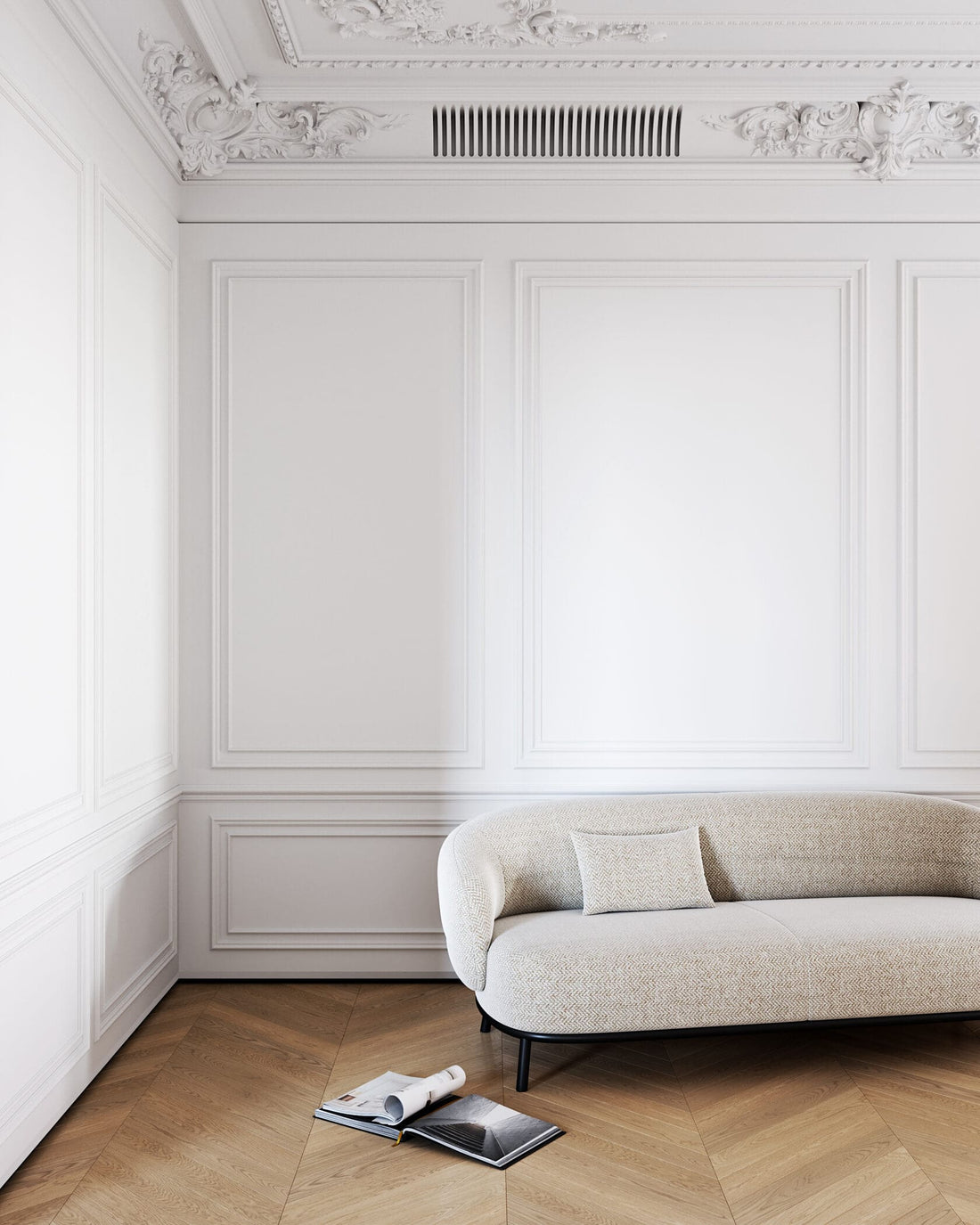
Key Differences in Installing Shadow Gap Reveal Baseboards vs. Traditional Baseboards
In modern interior design, shadow gap floor skirting, especially aluminum reglet, have gained popularity due to their minimalist and sleek appearance. These trims by Aluminus enhance architectural details with clean lines, offering a subtle yet effective touch. However, the installation process of shadow gap baseboards differs significantly from the traditional baseboards commonly used in construction. Here’s a breakdown of these differences and how they impact workflow.
Traditional Baseboards: Installed at the End of Process
Traditional baseboards are usually installed after the major wall and floor work is complete. The typical sequence involves:
• Drywall and Wall Finishes: Drywall is installed, finished, and painted or wallpapered.
• Flooring Installation: Once the walls are complete, flooring is installed—tile, wood, or carpet.
• Baseboard Installation: Only after the floors are finished are traditional baseboards cut, painted, and installed. Gaps between the baseboard and wall or floor are often filled with caulk for a polished appearance.
While this process is common, it may leave visible seams, requiring additional trim to cover imperfections.
Shadow Gap Baseboards: Integrated During Drywall Installation
Shadow gap trims, such as Aluminus aluminum trims, are installed earlier in the construction timeline, during drywall installation. The workflow typically looks like this:
• Trim Installation with Drywall: The shadow gap trim is installed along with the drywall. This creates a clean, recessed gap between the wall and the floor.
• Wall Finishing: After the trim is in place, walls are finished as usual—painted or wallpapered without the interference of traditional baseboards.
• Flooring Installation: Flooring is installed after wall finishing, fitting neatly into the shadow gap without the need for additional trim or caulking.
By integrating shadow gap trims early in the process, Aluminus trims help ensure a flawless, professional finish.
Why Shadow Gap Baseboards Are a Game-Changer
The primary advantage of using shadow gap trims lies in their ability to create a modern, seamless look. These aluminum trims eliminate the need for additional molding or caulking, as the clean gap is built into the wall structure.
Additionally, the workflow becomes more streamlined. Since shadow gap trims are installed with drywall, the need for final-stage baseboard installation is removed. This not only saves time but also reduces the risk of errors, ensuring a precise finish with minimal room for misalignment.
Conclusion
While traditional baseboards have their place in many designs, shadow gap baseboards offer a contemporary alternative. The key difference lies in the timing of installation—shadow gap trims become part of the wall structure early in the process, whereas traditional baseboards are installed later. For those looking to achieve a clean, minimalist aesthetic, Aluminus shadow gap trims are a top choice.
Incorporating Aluminus trims into modern interiors allows for streamlined installation and a visually appealing result that stands out with a sleek, refined look.
